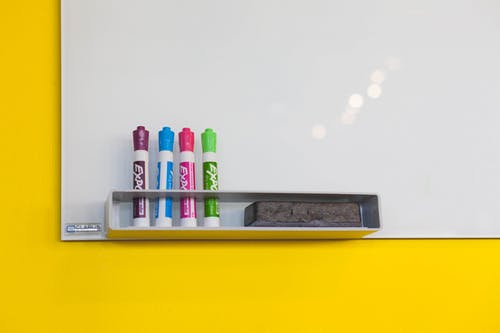Gamification is the process of applying game principles to a workplace setting. By bringing game theory into a warehouse setting, you could boost productivity and motivate workers in ways that are not possible with other approaches.
Gamification can be used in a number of ways, such as keeping score on the number of parts picked or the amount of weight moved in a day. By keeping track of a worker’s efforts in game-like parameters, you could not only motivate them and boost productivity, but also keep track of their success relative to the rest of the workforce.
Continue reading to learn more about how gamification can help warehouses boost productivity.
Benefits of Gamification in the Warehouse
Perhaps the greatest benefit of gamification in a warehouse setting is increased engagement. Employees come to work to earn a paycheck, but it is possible to boost their productivity by motivating them. For many workers, gamification could provide that motivation.
The competitive nature of gamification often pushes workers to want to do the best job possible, whether for the pride of doing well, competition, or gaining recognition for career advancement. Gamification provides goals that teams or individuals can aspire to meet.
When teams work with purpose toward a single goal, the chances are good that productivity will increase. The rewards that come with success in these contests are also important motivating factors that should incentivize employees to do their best.
The implementation of gamification in a warehouse could also serve as a recruiting tool. Younger workers are more likely to be drawn to this system of competition and reward, which could make it easier to hire and retain workers in the future.
How to Implement Gamification in a Warehouse Setting
Gamification is about more than simply attaching number values to work output and setting up a scoreboard. With the wrong implementation, gamification could do more harm than good. There are a few important tips that could make this process go smoothly.
Level the Playing Field
Competition can be fun, but not when the game is unfair. To ensure that every employee buys into the process, it is vital to level the playing field for everyone. Avoid scoring based on different methods that are not comparable. It helps to focus gamification on tasks that involve the same product or products of the same size, for example.
Incentivize Working as a Team
While gamification has its benefits, there can be drawbacks as well. This is especially true when two individual employees face off in a competition that has real stakes. Instead, making gamification a team-based effort helps warehouse managers avoid the conflicts that can arise with one-on-one competitions.
Avoid Bias
Biases and subjective outcomes can be frustrating. To avoid bias and get the most out of gamification, it could benefit your warehouse to implement a system that leaves as little room for human interference as possible. The metrics should be impartial and objective. This could mean keeping scores anonymous until a competition is over, for instance.
Gamification and Flex Workers
Gamification in a warehouse can benefit more than just your permanent workforce. Flex workers could also be motivated to take part during their time with the company.
If you are considering flex workers to fill your seasonal labor needs, HapiGig could be the answer. HapiGig is a platform that connects trained warehouse workers with employers who need flex hours filled. Contact us right away with any questions you might have about how gamification can help boost your warehouse’s productivity.

